If you aren’t careful, you can end up eating all kinds of sneaky food additives – chemicals added to food that can be harmful – without even realizing it.
Do you know what’s in the food you’re eating?
Some of these sneaky additives outlined below are even lurking in “healthy” foods. Spotting them and avoiding them are key for your health.
Want to go Paleo? Not sure where to start?
Start with this FREE Paleo For Beginners Guide Today!
Food Additives Are Everywhere You Look
Food additives are chemicals designed to help with the processing, packaging, and storage of food. Companies use them to add extra flavor, combine ingredients they wouldn’t be able to combine naturally, and make food products keep longer on grocery store shelves.
The food industry has exploded over the past 100 years. Today, with up to 75 percent of supermarket shelf space stocked with packaged and processed foods, there’s big money at stake. (1) These processed foods make up about 70 percent of the average American’s diet. (2)
The food companies responsible for them spend millions on marketing and misleading consumers to keep them eating their products without question.
Decades of research and a drive to make more profits have given food manufacturers the arsenal of additives they use today. In the U.S., more than 3,000 chemicals have been intentionally added to our food. (3)
Avoiding them might seem impossible, but if you know what to look out for, it’s more doable than you think.
Going Paleo Takes You 90 Percent of the Way
Going Paleo is a huge step forward in your health. You’ll get a ton more nutrients than the typical modern diet of carbs, refined sugars, and processed food.
You’ll also avoid some of the most dangerously sneaky food additives – like high fructose corn syrup and trans fats.
Once you’re eating Paleo you’re well on your way. With that said, some sneaky food additives are consumed by health-conscious people unknowingly!
Here are five sneaky food additives to watch out for and the typical foods you’ll find them in. Spotting these additives is the first step to kicking them to the curb and improving your health.
1. Nitrates

Food companies use nitrates to color, flavor, and preserve all kinds of different foods.
Something like “sodium nitrate” sounds harmless enough, but did you know the USDA tried to ban it back in the 1970s? (4)
The government agency recognized that they could be toxic, but it caved to pressure from food manufacturers to keep them on the market. Major food industry players complained they didn’t have any other way to preserve their packaged meat products.
And they’re still using this stuff today. If you’ve ever wondered how food companies keep the packaged bacon you buy so red – even after it’s been on the shelves for a long time – nitrates are probably the explanation.
Nitrates are dangerous because they can create cancer-causing compounds called “nitrosamines.” Studies have found that eating a lot of processed meats has been linked to stomach and colorectal cancers. (5, 6) It’s especially dangerous if you’re cooking processed meats at high heat. (7)
Common sources of nitrates include:
- Bacon
- Corned beef
- Ham
- Hot dogs
- Smoked meats
- Various processed meats
A lot of people switch to Paleo and get excited about being able to eat bacon (and with good reason!) Just be careful about the type of bacon – and any other processed meats – you’re eating to make sure they don’t contain nitrates. Plenty of high-quality, nitrate-free options are available and taste great.
2. Propyl Gallate
Propyl gallate is another sneaky additive that’s potentially harmful.
Food manufacturers use it to extend the shelf life of different food products. Propyl gallate works by preserving the fats within these foods.
Studies on how harmful this additive is are mixed. If you’re a woman, it’s especially important to watch out for this stuff because it’s been shown to decrease estrogen levels. (8)
Because it’s already been shown to mess with hormone levels and may contribute to cancer, you’re best off avoiding this additive completely.
Watch out for propyl gallate in:
- Chewing gum
- Meats
- Oils
- Potato chips
- Canned soups
- Meats
3. BHT (Butylated Hydroxytoluene)

Your former favorite breakfast cereal might contain the same ingredient found in jet fuel, transformer oil, rubber petroleum products, and embalming fluid. (9)
The common link: BHT.
Food manufacturers use this additive to tweak the colors and flavors of their products, as well as to extend shelf lives to give consumers more time to buy them.
This is great for manufacturers because they drive up profits. But it’s a disaster for the people who end up eating the additive-packed food.
The National Toxicology Program pegged BHT as “reasonably anticipated to be a human carcinogen”. (10) Its Material Safety Data Sheet says BHT can cause liver damage and shouldn’t even be allowed to enter the environment.
If something shouldn’t be allowed to enter the environment, imagine the effect of allowing it to enter your body! This is exactly what people are doing when they eat foods containing BHT.
Watch out for BHT in:
- Candy
- Cereal
- Chewing gum
- Frozen meats
- Lard
- Oils and oil blends
- Potato chips
- Shortening
Fortunately, you’re already avoiding most of these if you’re following a Paleo diet. But make sure to check oils and any frozen meats you buy for this harmful additive.
4. Soy Lecithin
Soy lecithin is an “emulsifier”, an additive used to get different food ingredients to stick together in a process that wouldn’t happen naturally.
A lot of Paleo enthusiasts like to indulge in dark chocolate from time to time to satisfy a sugar craving. But this is one of the most common foods in which soy lecithin is used. The emulsifier keeps the cocoa and cocoa butter from separating.
Soy lecithin probably isn’t as dangerous as other food additives, but the biggest red flag – a significant portion of it is made from soybean oil.
The USDA, which is still on board with soy as a “health food”, considers soy lecithin as safe. However, soy isn’t part of the Paleo diet because hundreds of studies have linked excessive consumption of it to digestive problems, immune system issues, and even more serious conditions like heart disease. (11)
Watch out for soy lecithin in:
- Baked goods (snacks, desserts, etc.)
- Candy
- Chocolate (note, soy-free options are available)
- Commercial beef, chicken, and vegetable broths
- Oils and oil blends (watch out for these at restaurants!)
- Salad dressing
- Soy sauce
5. MSG

MSG (Monosodium glutamate), a flavor enhancer and preservation additive, has gotten a bad rap for decade, and the controversy continues. Some scientists claim it’s perfectly safe. But others – like the Arizona Center for Advanced Medicine – argue that MSG makes it easier for cancer to grow and spread within the body. And a study published in the Journal of Autoimmunity found a connection between MSG, obesity, and inflammation. (12)
The truth? It’s probably somewhere in the middle.
We don’t hear about MSG as often as we used to. Optimists might think the food industry caved to consumer demand and stopped using it in so many of their products. It’s a bit more complicated than that, though.
You might not see “MSG” on labels, but manufacturers have started to use different terms to disguise the fact they’re still using the additive.
Here are just a few MSG code words that slip past concerned shoppers:
- Autolyzed yeast
- Carrageenan
- Disodium guanylate
- Disodium inosinate
- Hydrolyzed soy protein
- Maltodextrin
- Modified cornstarch
- Textured soy protein concentrate
Watch out for MSG in these foods:
- Baby food and baby formulas
- Chips
- Cookies
- Dairy (cottage cheese, powdered milk, reduced-fat or fat-free milk, yogurt, ice cream)
- Frozen dinners
- Lunch meats
- Sauces and seasonings
- Snack foods
- Soups
Going Paleo will help you avoid most of the worst offenders. The biggest potential roadblock: seasonings and sauces. Fortunately, there are tons of other delicious Paleo options available!
Taking Your Health to the Next Level
Following a clean Paleo diet of real food – focusing on fresh produce, quality animal products, nuts, and safe starches – will help you avoid thousands of dangers food additives.
Paying attention to the chemicals listed above and knowing how to avoid them will take your health to the next level. Instead of fueling your body with products made in labs, you can rely on the best nature has to offer.
No food labels needed.
(Read This Next: The 3 Most Insidious Toxins You Ingest on a Regular Basis)


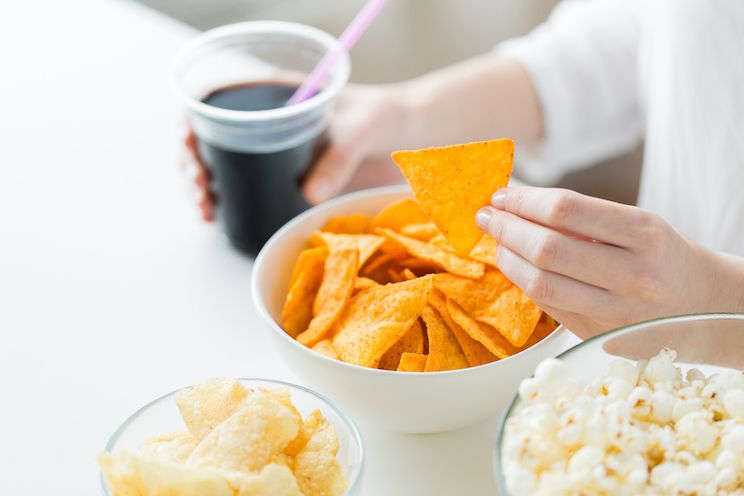
 Crispy Bacon and Baked Eggs in a Portobello Mushroom
Crispy Bacon and Baked Eggs in a Portobello Mushroom
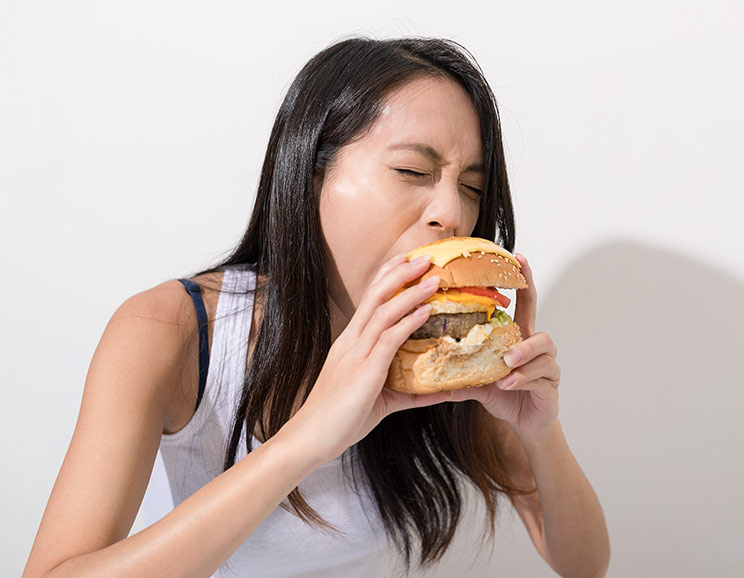
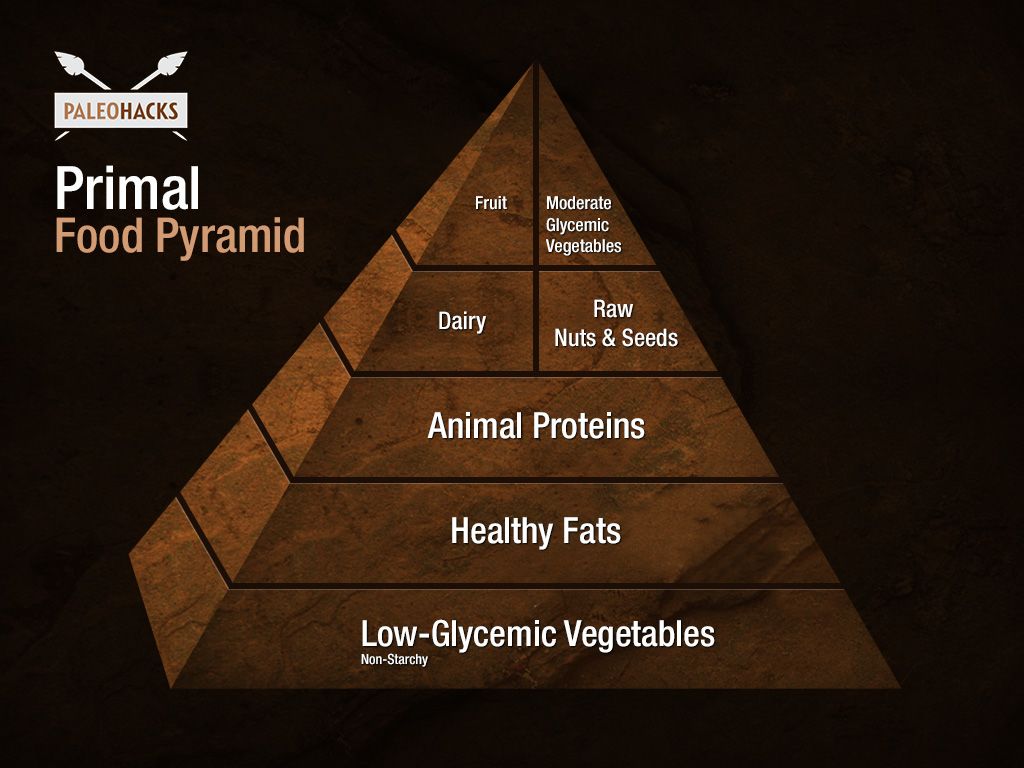
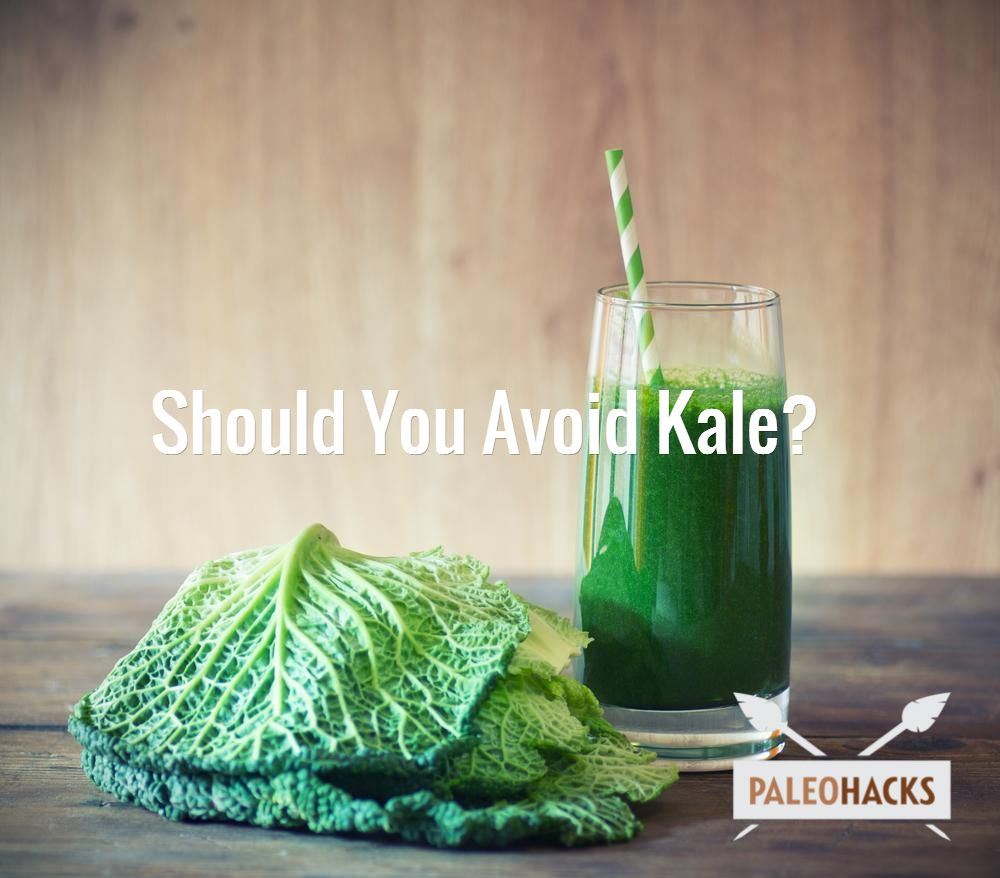

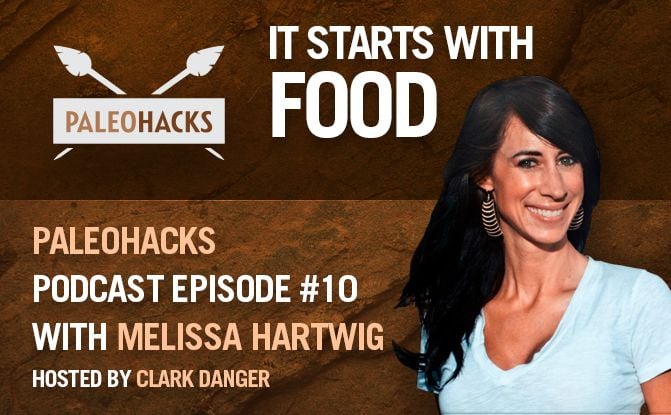
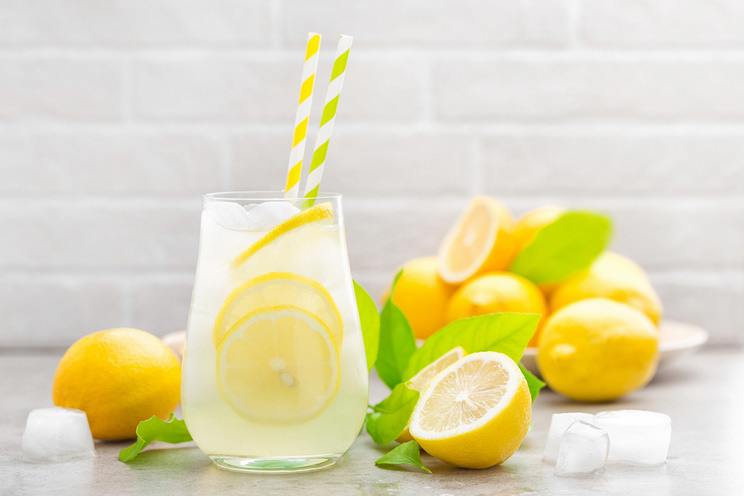



Show Comments